1. Overview
The State Archives and Records Authority of NSW (‘The Authority’) recommenced its formal monitoring activities in April with the 2022 Recordkeeping Monitoring Exercise. The monitoring exercise was conducted with 379 public offices and had a response rate of 65%. As this was the first whole of jurisdiction monitoring activity conducted in nine years, the high level of response indicates significant public office engagement with the exercise.
The basis for the Recordkeeping Monitoring Exercise is provided by section 12(4) of the State Records Act 1998 which requires each public office to report on its records management program in accordance with arrangements made with the Authority.
The key objective of this year's monitoring exercise was to establish a baseline and overview of the level of maturity and conformity of public offices' records management. Public offices were asked to make assessments using the Records Management Assessment Tool (RMAT) and then provide these assessments to SARA. They were also given the option to provide comments and advise on the evidence used to support their assessment.
The results of the monitoring exercise show that on average, public offices sit at 2.67 out of 5, slightly below the baseline of 3. There is variability within and across all groups showing a diverse set of responses across all questions.
The results have provided a wealth of information on the state of records management across the jurisdiction. The monitoring exercise has also initiated a range of work items in both public offices and at SARA, with requests for disposal authorities, archival transfers, access directions, and review of public office status under the Act. We will continue to review the results and the extensive comments provided by public offices to prioritise our efforts in providing additional guidance and advice for public offices.
1.1 Records Management Assessment Tool
The Records Management Assessment Tool (RMAT) was released to public offices in July 2021. It was co-designed with public offices and is designed to be easy to use and provide immediate and standardised results for public offices, which would also allow for comparison.
The RMAT consists of 19 questions covering all the obligations contained in the State Records Act 1998, the Standard on records management, and the Standard on physical storage of State records. Questions are grouped into three topic categories: People and Governance, Systems and Business, and Information Management. Public offices determine which of the five levels of maturity has been achieved and the selection of the maturity level should be supported by appropriate evidence.
Each level of the maturity scale has been scored:
- Level 1 = 1 point (Initial maturity)
- Level 2 = 2 points (Developing maturity)
- Level 3 = 3 points (Defined maturity and baseline compliance with the requirement)
- Level 4 = 4 points (Managed maturity)
- Level 5 = 5 points (Optimising maturity).
Scoring the individual levels enables the results of the assessment to be presented as a numerical outcome and provides the public office with a scorecard of their maturity and compliance. The numerical outcome also enables visualisation of results.
1.2 Participation
379 public offices were requested to provide a submission during the reporting period of 1 – 29 April 2022. 240 public offices, and 6 public sector organisations not identified as public offices, made submissions (65% response rate).
We received responses from:
- 117 Departments, Agencies, Authorities
- 13 Local Health Districts or health networks
- 102 Councils
- 9 Universities
- 5 State Owned Corporations.
Sixteen public offices asked to be excused from the monitoring exercise.
While the monitoring exercise was a primary means for meeting the obligation at 12(4) of the State Records Act, many public offices reported to SARA on the positive value of the monitoring exercise and the benefits of such an exercise for their organisations. We were advised that public offices felt that the assessments would enable them to identify gaps, prioritise where they put their efforts, improve the governance of records and information management, and would assist the organisation in developing a strategy or long-term plan, or pathway, for improving their records management maturity. Several public offices noted that the monitoring exercise had provided them with the opportunity to engage with senior management and their organisations on records and information management.
Back to top2. How well is the jurisdiction performing?
The results of this year’s Monitoring Exercise provide the Authority with a baseline and overview of records management maturity and compliance across the jurisdiction of the State Records Act 1998.
Average scores have been produced for each of the questions and for each category (see below). The overall average total score for this year’s monitoring exercise is 2.67 out of 5. We believe that the results of the Monitoring Exercise can be extrapolated across all public offices and is indicative of the baseline of records management maturity and compliance in the NSW Public Sector.
The average score for all but two RMAT questions is below the baseline compliance score of 3 (see Figure 1 below), however many are close to achieving the benchmark. This indicates recordkeeping maturity is generally ‘developing’ but some have managed to transition to ‘defined’.
Scores span the full range for each question, with many 1’s and 5’s being recorded and no significant outliers. Scores are skewed towards the lower end of the range with 70% of responses being below 3 (see section 2.3). The results, including context from commentary, indicate that public offices understand obligations but achieving consistency across their business is challenging and focus tends to be on critical, high value/risk, ‘crown jewel’ systems. The results provide evidence that factors such as size, sector and cluster do not correlate with performance in recordkeeping.
We believe that the results indicate that many public offices have been working hard to implement the governance frameworks needed for good records and information management, while also looking at how they implement records management into their systems and businesses. Questions 15 and 16 relating to Create, Collect, Capture and Records Storage respectively are strength areas of compliance for public offices showing scores above the baseline compliance score of 3. This is followed closely by Question 10 on Security and Protection.
The areas with the lowest scores are Question 9 on Performance Monitoring, Question 18 on State archives transfer, and Question 19 on Access Directions. All three questions received many comments contextualising the scores with the effort/cost needed to comply and the priority these obligations received within their organisation. However, State archives transfer, and access directions had additional comments that reveal opportunities to assist in education and service improvement.
The Recordkeeping Monitoring Exercise is going to be an annual monitoring program and the next exercise will be conducted in March 2023. Data from the 2023 monitoring exercise will be compared to the 2022 data to determine if there has been any change. Over time, we anticipate that we will be able to measure improvements in maturity and compliance.
2.1 Average score for each RMAT question
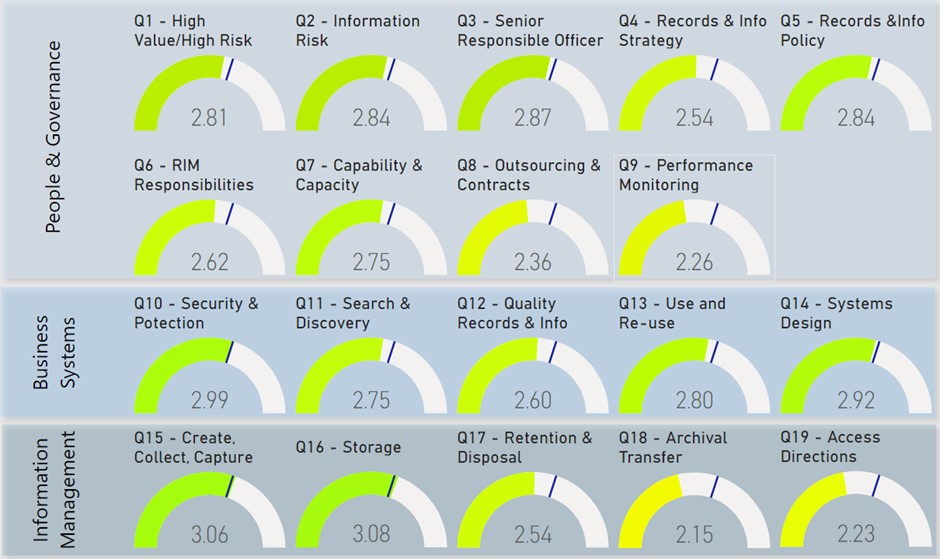
Figure 1 – Average total score for each RMAT question
2.2 Average score for each RMAT category
The RMAT is divided into three topic categories: People and Governance, Systems & Business, and Information Management. Looking at the scores for the 3 categories provides an insight at public office capability. Figure 2 shows the average total score for all public offices in each category.

Figure 2 - Average score for each RMAT category
The table below shows a comparison of the performance of each sector in the RMAT topic categories.
| Sector | People & Governance | Business Systems | Information Management |
| Departments, Agencies, and Authorities | 2.6 | 2.78 | 2.59 |
| Local Government Councils | 2.62 | 2.75 | 2.54 |
| Local Health Districts | 2.86 | 2.86 | 2.68 |
| State Owned Corporations | 3.04 | 2.92 | 2.8 |
| Universities | 2.99 | 3.31 | 3.00 |
The People and Governance category includes Questions 1 – 9 of the RMAT. It explores whether public offices have put frameworks in place to manage records and information management. Including the identification and prioritisation of High risk/High Value records, managing information risks, records management governance (policy, strategic planning, responsibilities, capability and capacity to support records management), and monitoring of records and information management in the organisation.
Overall, the total average score for all public offices responses to People and Governance was 2.64. A comparison of the sectors of the jurisdiction indicates that the State Owned Corporations and the Universities are either compliant or close to compliance with this category.
The Systems and Business category includes Questions 10 – 14 of the RMAT. It brings together four areas of records management covering the security and protection of records, information accessibility/discoverability/use and re-use, managing records to ensure that they are reliable and trustworthy, and addressing records and information management requirements in design and management of IT systems or services.
Overall, the total average score for all public offices responses to Systems and Business was 2.79. A comparison of the sectors of the jurisdiction indicates that the Universities are compliant with this category, and the State Owned Corporations are close to compliance.
The Information Management category includes Questions 15 – 19 of the RMAT. It explores how well public offices are managing the creation, collection and capture of records, records storage, the retention and disposal of records, records transfer to the State Archives Collection, and the making of Access Directions.
Overall, the total average score for all public offices responses to Information Management was 2.59. This is the lowest scoring category. A comparison of the sectors of the jurisdiction indicates that only the Universities are compliant with this category and the State Owned Corporations are close to compliance.
2.3 Distribution of average scores for all public offices
80% of public offices scored an average total score placing them between ‘developing’ (Level 2) and ‘defined’ (Level 3) maturity levels.
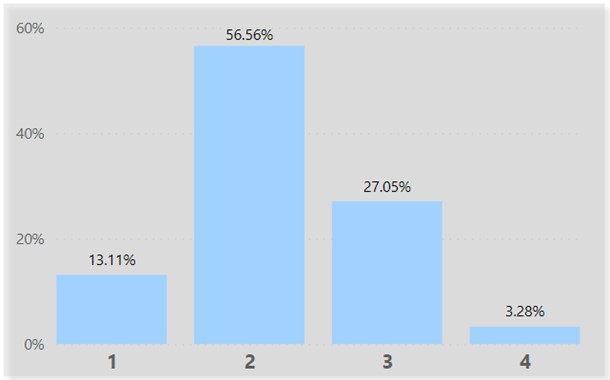
Figure 3 – Distribution of average scores for all public offices
2.4 Performance of each sector
The jurisdiction of the State Records Act is broken up into the following sectors or types of public offices:
- Departments, Agencies, Authorities
- Local Government Councils
- Local Health Districts
- State Owned Corporations, and
- Universities.
The scorecards below will enable public offices to benchmark their organisation’s performance against that of their sector or type.
Departments, Agencies, Authorities (total average score of 2.64)
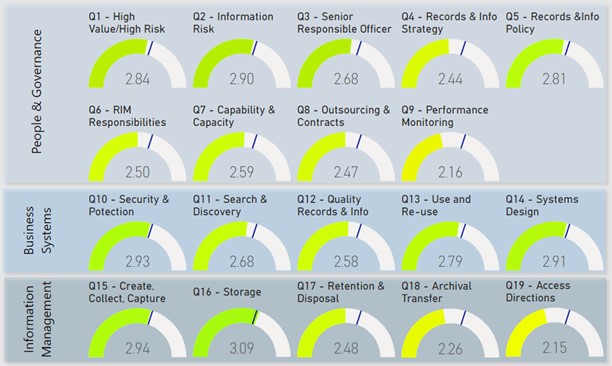
Figure 4- Scorecard for Departments, Agencies, Authorities
Local Government Councils (total average score of 2.63)
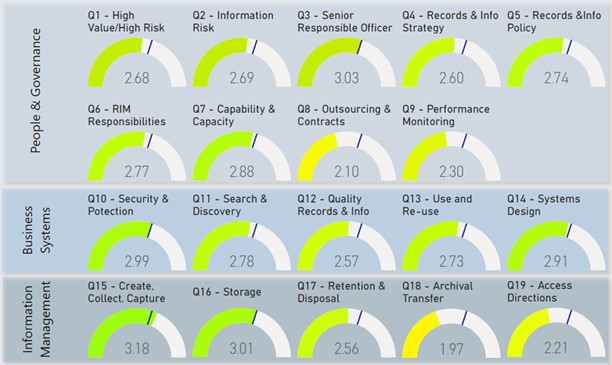
Figure 5 - Scorecard for Local Government Councils
Local Health Districts (total average score of 2.81)
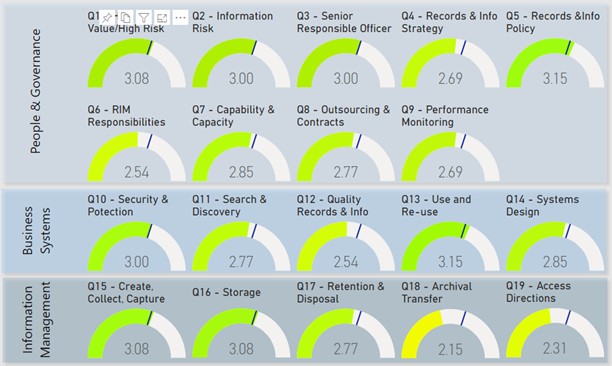
Figure 6 - Scorecard for Local Health Districts
State Owned Corporations (total average score 2.95)
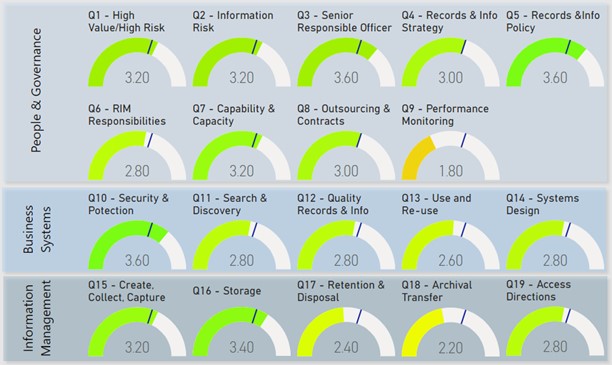
Figure 7 - Scorecard for State Owned Corporations
Universities (total average score 3.08)
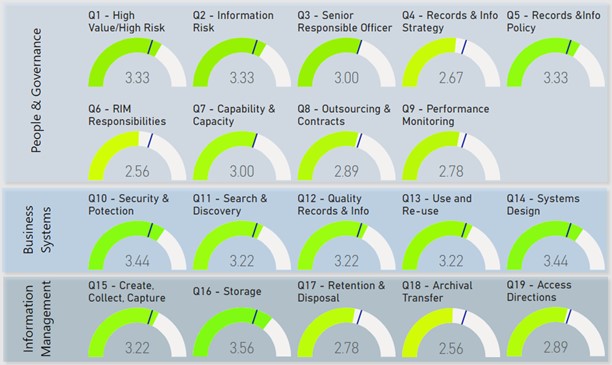
Figure 8 - Scorecard for Universities
Back to top3. Next steps
We will continue to review the results of this year’s Recordkeeping Monitoring Exercise and the extensive comments provided by public offices to prioritise our efforts for assistance and guidance. At a high level, this information has provided much needed insight into the performance and risk-factors within the jurisdiction and further analysis is required to fully inform appropriate support, treatments or interventions required. We are committed to being a responsive regulator and initiatives like this are critical for us to understand where attention is needed.
To assist public offices in their annual reporting to the Authority as well as providing additional insights to public offices from aggregated data, a new Monitoring portal on the website is under development and will be available from late July. We will upload the results of this year’s exercise into the portal, which will allow public offices to review their submission and to benchmark their performance against aggregate scores for their cluster and sector. From 2023, public offices will lodge their submission to the Authority via the portal.
We would like to thank public offices for their cooperation and participation in this year’s monitoring exercise.
Published July 2022
Back to top